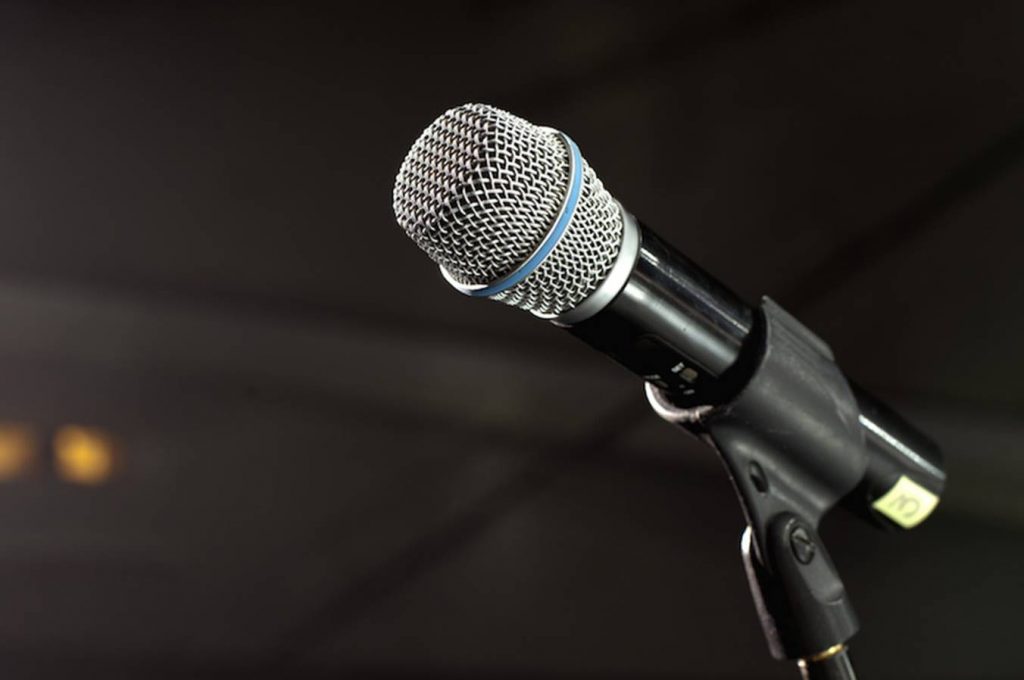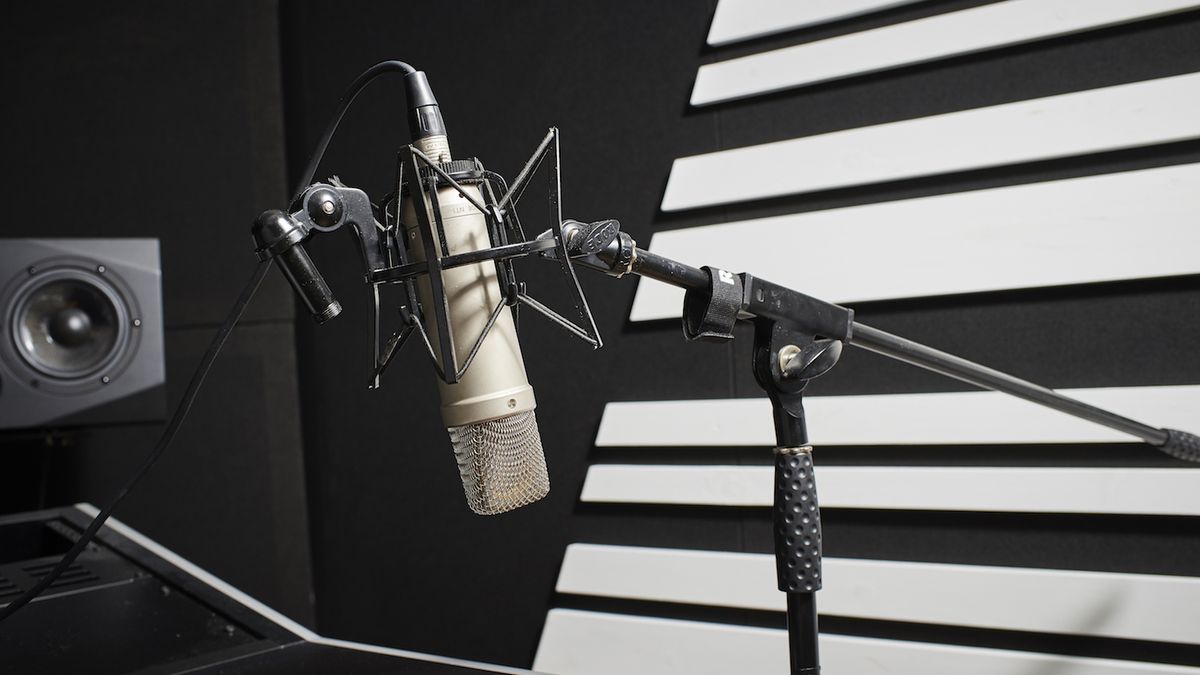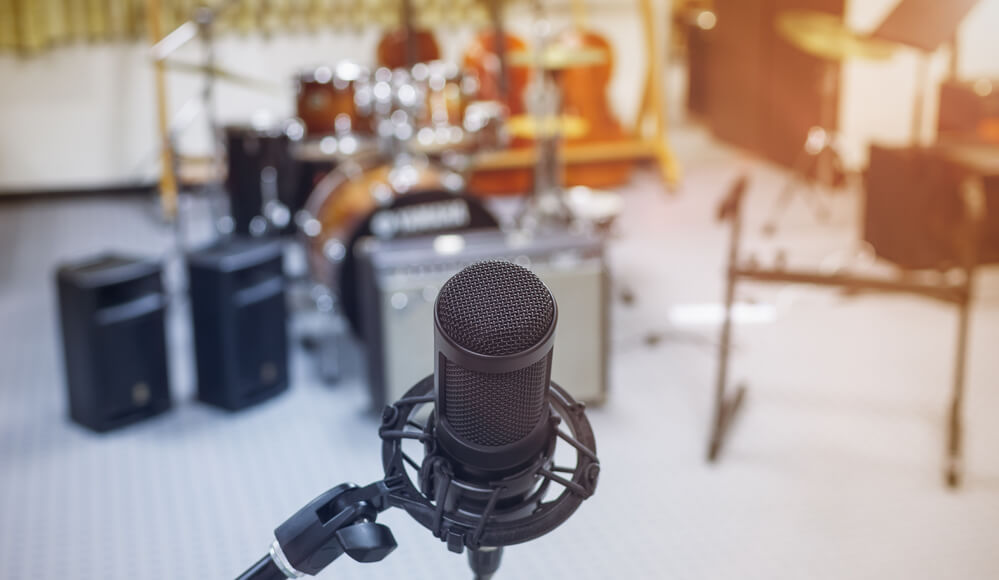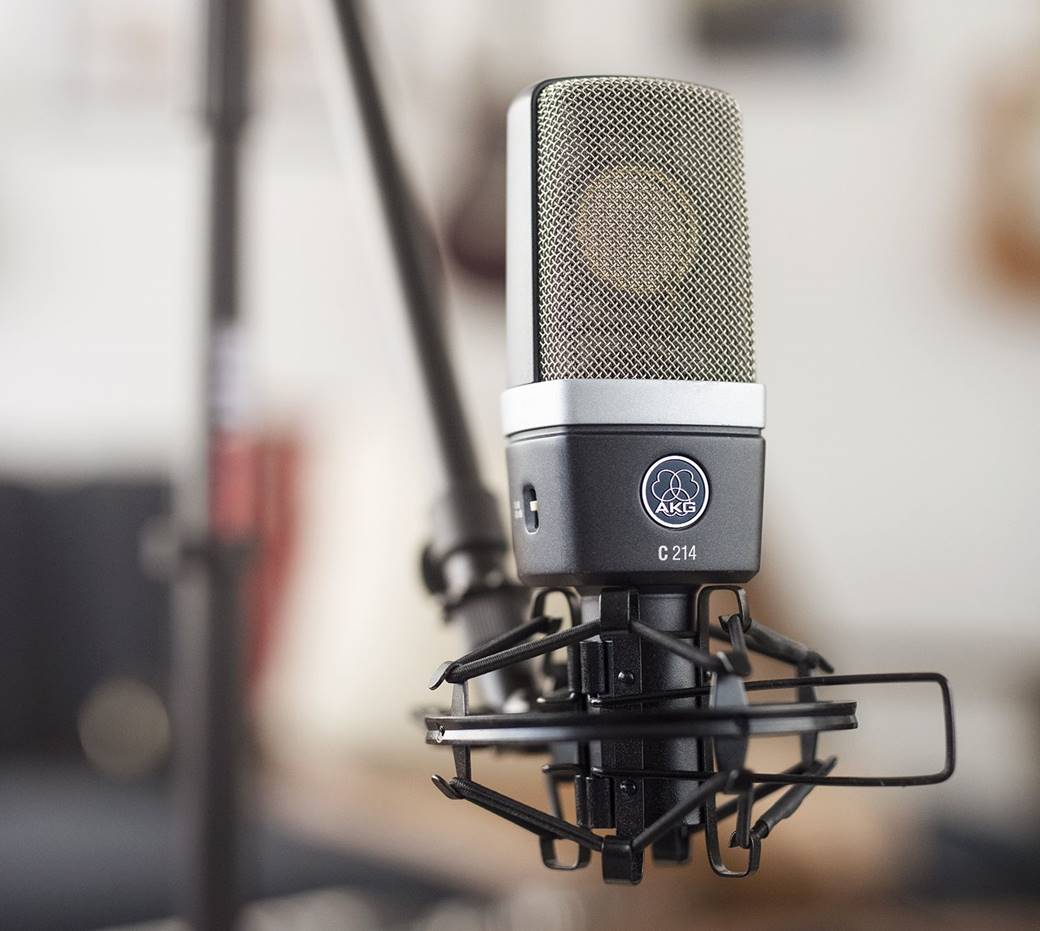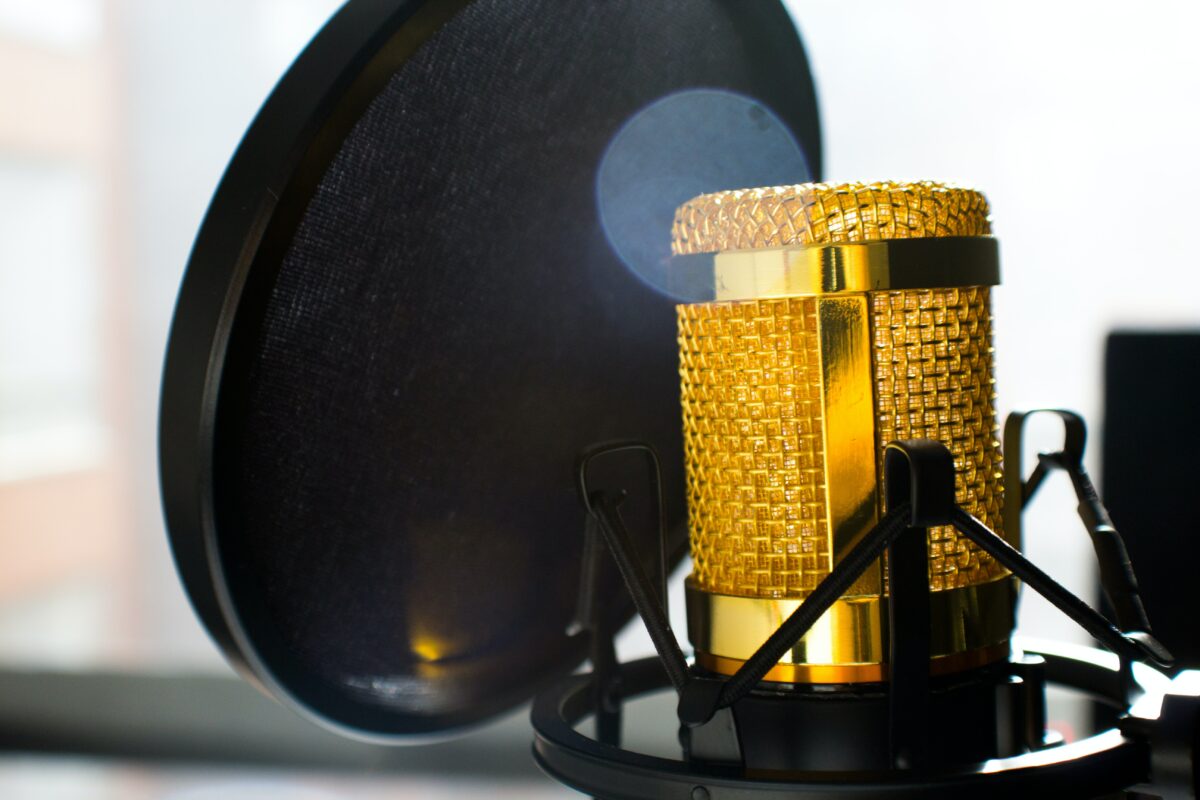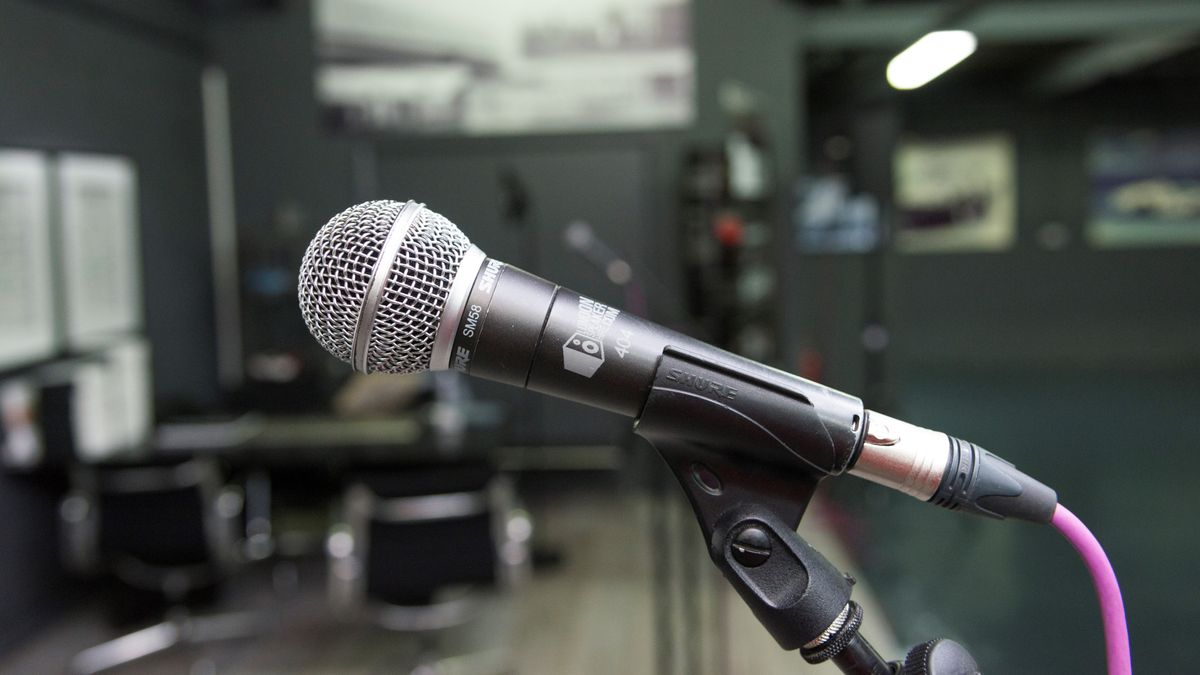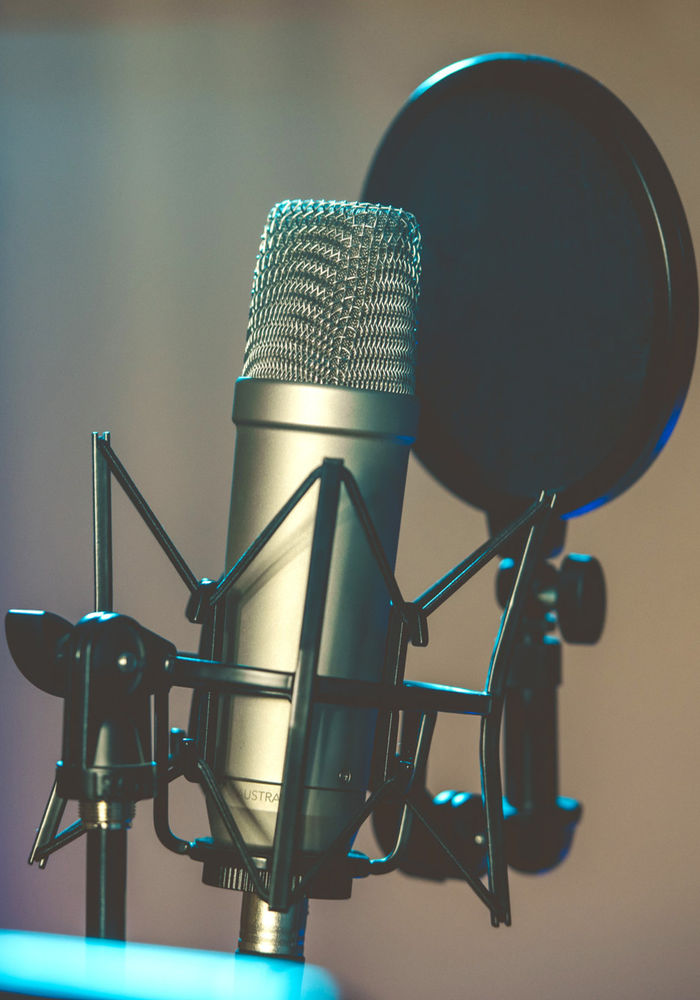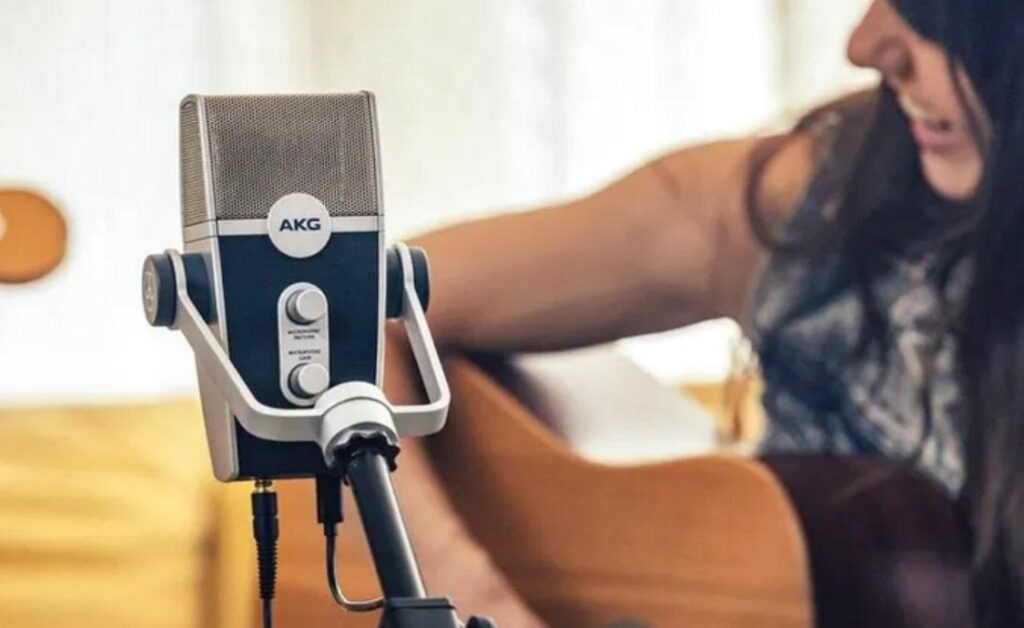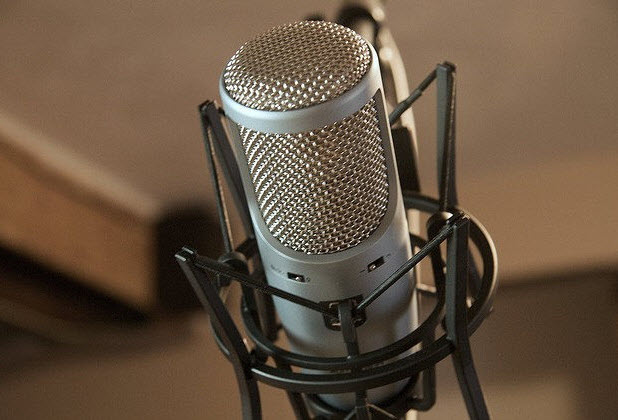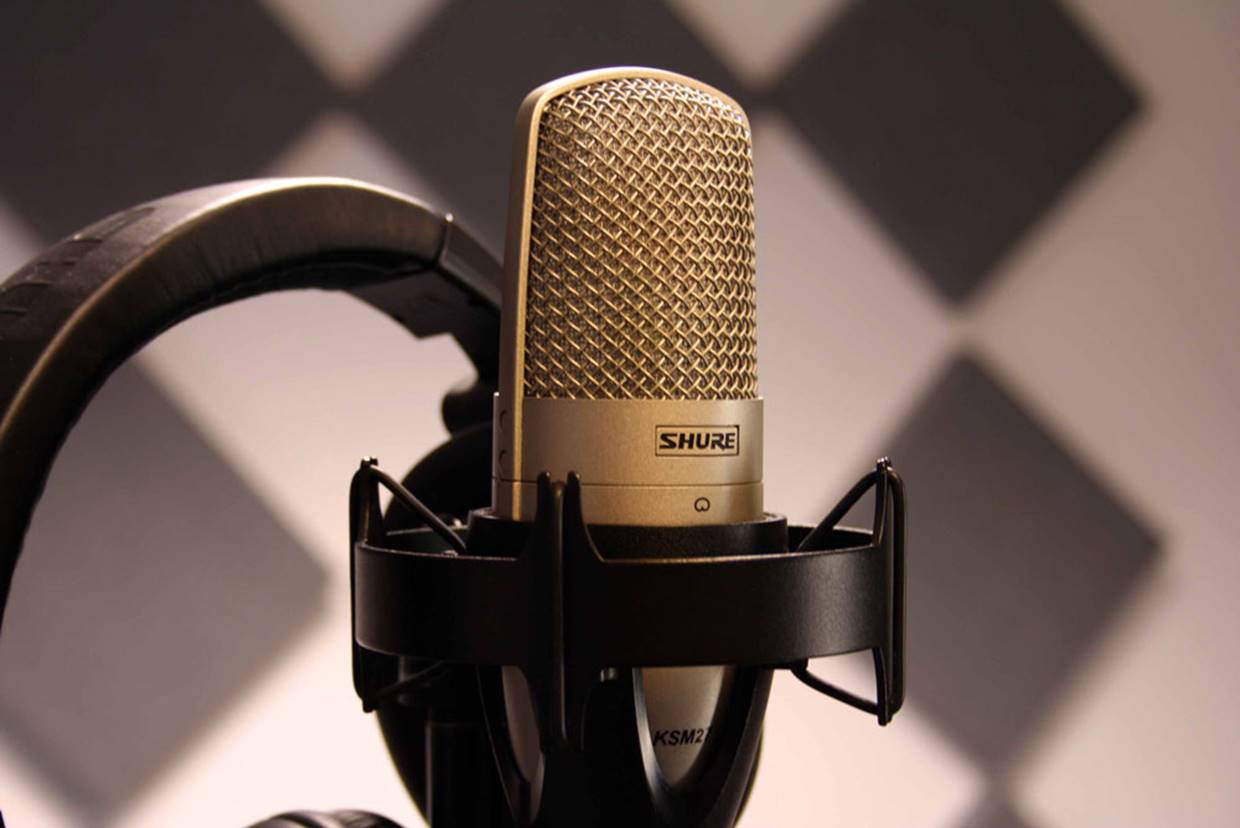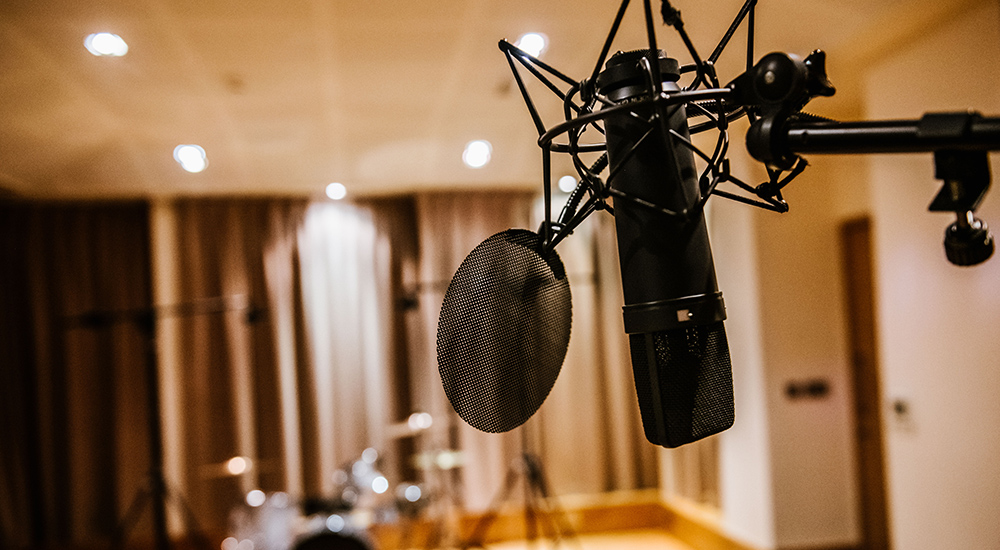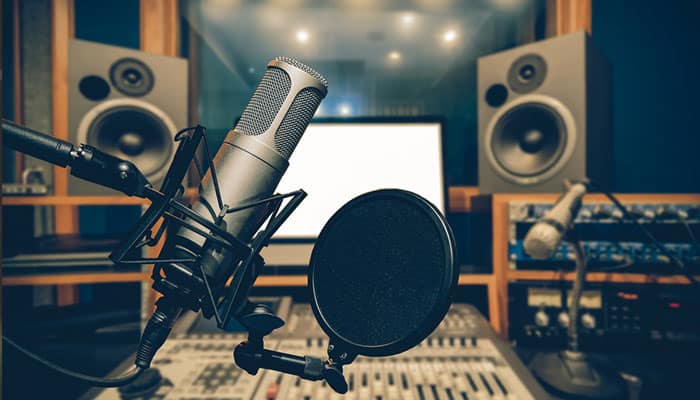Best Microphone For Recording Live Music
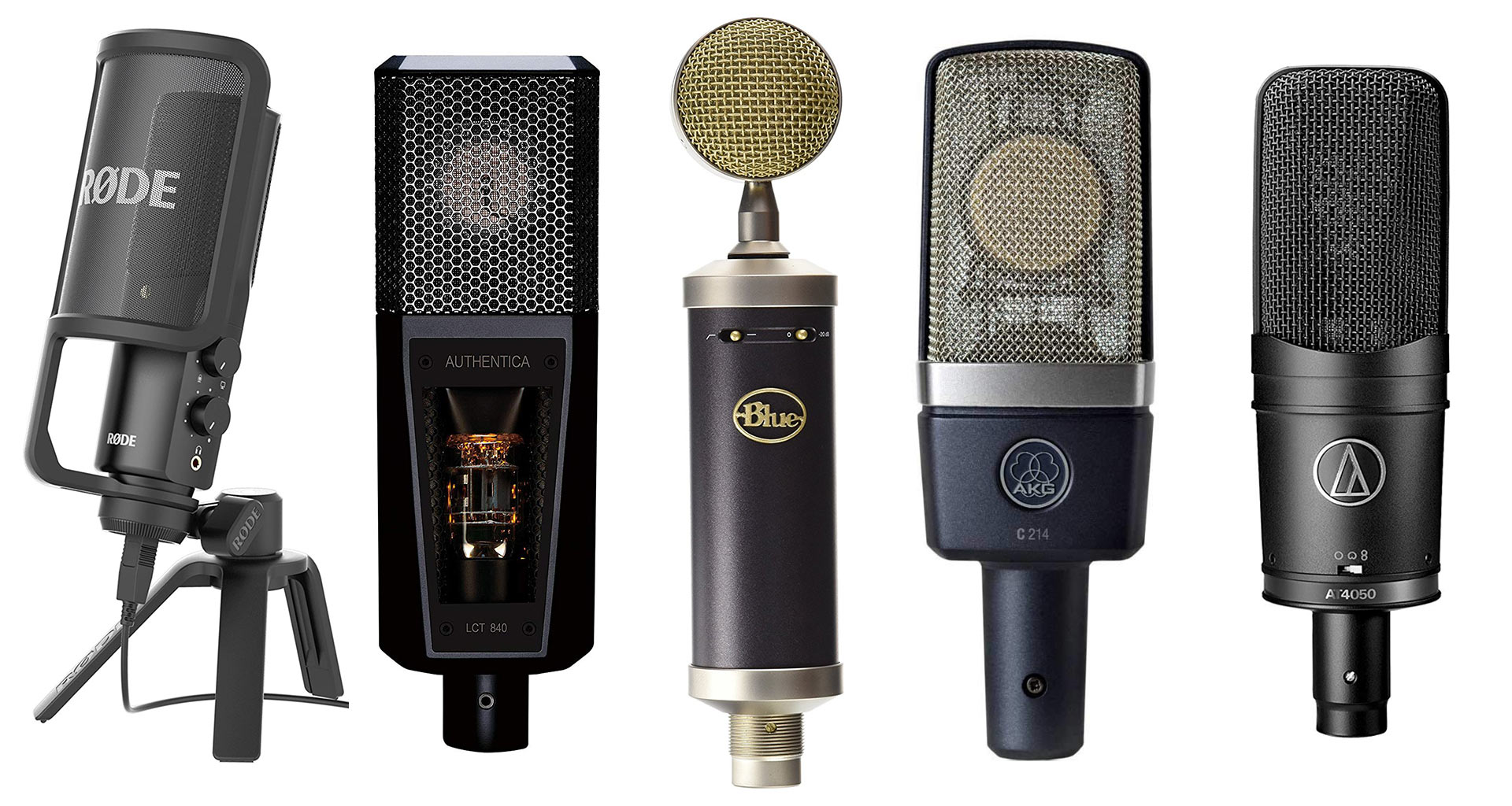
Capturing the raw energy and sonic complexity of live music is a daunting task. The right microphone can be the difference between a muddy, distorted recording and a vibrant, immersive experience that transports listeners to the heart of the performance.
Choosing the best microphone for live music recording involves navigating a complex landscape of technical specifications, polar patterns, and budgetary constraints. This article delves into the essential considerations for selecting the ideal microphone, exploring renowned models favored by industry professionals, and offering guidance to achieve professional-grade live recordings.
Understanding the Key Considerations
Selecting a microphone for live music hinges on several crucial factors. These include the specific instruments or vocals being recorded, the acoustic environment, and the desired sonic characteristics. It is also vital to consider the microphone's durability, sensitivity, and ability to handle high sound pressure levels (SPL).
Polar Patterns: Capturing the Soundscape
The polar pattern dictates the microphone's sensitivity to sound from different directions. Cardioid microphones, known for their heart-shaped pickup pattern, are a popular choice for live settings due to their excellent rejection of off-axis noise and feedback.
Omnidirectional microphones capture sound equally from all directions, which can be useful for recording ambient sounds or capturing the overall atmosphere of a performance. However, they are more susceptible to feedback and background noise in a live environment.
Hypercardioid and supercardioid patterns offer even narrower pickup angles than cardioid, providing greater isolation but requiring precise microphone placement.
Dynamic vs. Condenser Microphones: The Core Choice
Dynamic microphones are robust and capable of handling high SPLs, making them ideal for loud instruments like drums and guitar amplifiers. They are less sensitive and generally require more gain than condenser microphones.
Condenser microphones offer greater sensitivity and a wider frequency response, capturing subtle nuances and details. They are often preferred for vocals, acoustic instruments, and overhead drum recording but typically require phantom power.
Industry-Standard Microphones for Live Music Recording
Several microphones have earned a reputation for excellence in live music recording. These models consistently deliver high-quality results in demanding performance environments.
The Shure SM58 is an iconic dynamic microphone renowned for its durability and reliability, especially when recording vocals. Its cardioid polar pattern effectively rejects background noise, making it a staple in live sound reinforcement.
The Shure SM57, another dynamic microphone, is frequently used for snare drums, guitar amplifiers, and other instruments with high SPL. Its tight pickup pattern and rugged construction make it a workhorse in live recording scenarios.
For condenser microphones, the Neumann KM 184 is a small-diaphragm model favored for its accuracy and detail when recording acoustic instruments and drum overheads. It offers a natural sound with a smooth frequency response.
The AKG C414 is a versatile large-diaphragm condenser microphone with multiple polar patterns, offering flexibility for various recording applications. It is commonly used for vocals, acoustic instruments, and drum room ambience.
Tips for Achieving Professional-Grade Live Recordings
Beyond selecting the right microphone, several techniques can enhance the quality of live recordings. Proper microphone placement is paramount for capturing the desired sound while minimizing unwanted noise.
Utilizing a mixing console with high-quality preamps is crucial for amplifying the microphone signal without introducing noise or distortion. Monitor levels carefully to prevent clipping and ensure a balanced mix.
Consider employing a multi-track recording setup to capture individual instruments and vocals separately. This provides greater flexibility during the mixing process, allowing for precise adjustments and creative effects.
The Future of Live Music Recording
Advancements in microphone technology continue to push the boundaries of live music recording. New models offer improved sensitivity, wider frequency response, and enhanced noise rejection.
The rise of digital audio workstations (DAWs) and powerful plugins empowers engineers to refine live recordings with greater precision and creativity. Artificial intelligence (AI) is also playing an increasingly important role in audio processing, automating tasks like noise reduction and equalization.
Ultimately, the best microphone for live music recording is the one that best captures the unique character and energy of the performance. By carefully considering the key factors and exploring the available options, you can create recordings that resonate with listeners and preserve the magic of live music for years to come.
